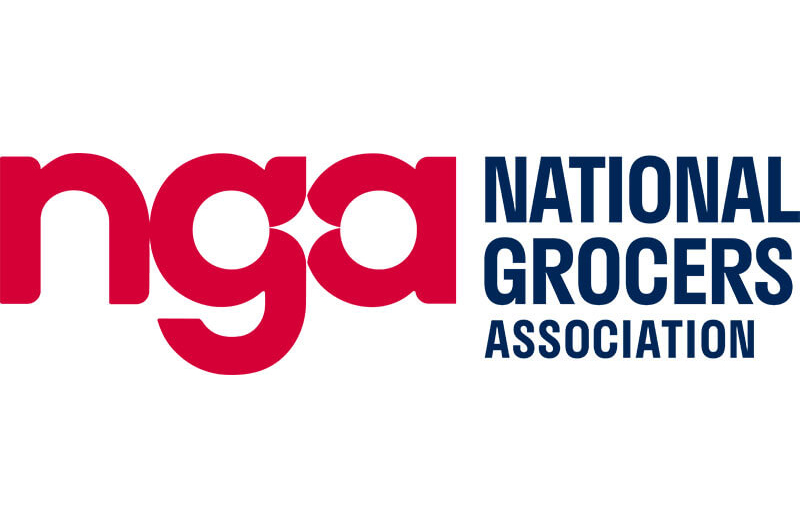By Jim Dudlicek / NGA director, communications and external affairs
Millennials and Generation Z’s are supplanting Gen X’ers and Boomers as the top spending consumers. So, it should be of great concern when young people say they’re afraid they won’t be able to pay for groceries, despite indications that food inflation is gradually easing.
According to a recent survey by the financial assistant app Cleo, more than half of Americans age 18-44 say buying groceries is their most significant worry, ranking far ahead of other expenses like transportation and rent. Furthermore, nearly 40 percent say they’re worried inflation will price them out of groceries in the future, while more than a quarter surveyed said they’ve tapped programs like SNAP and food banks in the past year to help make ends meet.
Additionally, younger consumers are increasingly turning to “buy now, pay later” services to meet their expenses. Nearly 20 percent say they already use these services due to inflation, while more than half say they plan to use them more often in the future. And it’s not just for big-ticket purchases – 43 percent told Cleo they’re using “buy now, pay later” for grocery shopping.
According to Numerator’s April Consumer Sentiment Survey, most folks think the U.S. is already in a recession and they expect things to continue to get worse. Rising prices for basic essentials like food are among their top concerns.
No one should have to worry that they won’t be able to feed themselves or their family. That’s why independent supermarket operators have worked tirelessly to seek out the best deals for their customers and streamline operations to minimize the impact of inflation on the pocketbooks in their communities.
Folks need to know their neighborhood grocer, the heart of the community, is on their side. Your engagement with the community should demonstrate an understanding of their needs, and your marketing and merchandising should reflect their desire for cost-effective daily meal solutions.
Luckily, the light at the end of the tunnel is getting a little brighter. The latest data from the U.S. Bureau of Labor Statistics indicates food-at-home prices eased again in April, with CPI dipping 0.2 percent last month after a previous 0.3 percent slide. Year over year, CPI for food at home is up 7.1 percent, more than we were used to pre-pandemic but down from 11.3 percent when the year began.
Still, it’s going to take a lot more growth and a lot more time before consumers are convinced that everything is going to be fine. And there’s a better chance it will be, when the heart of the community keeps beating.

